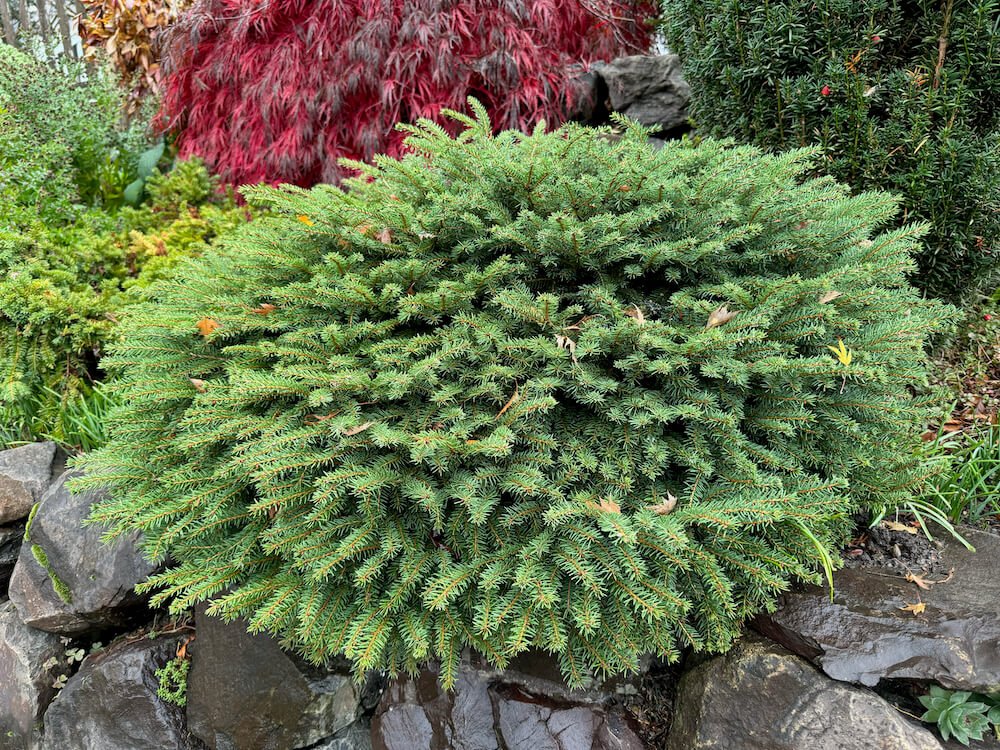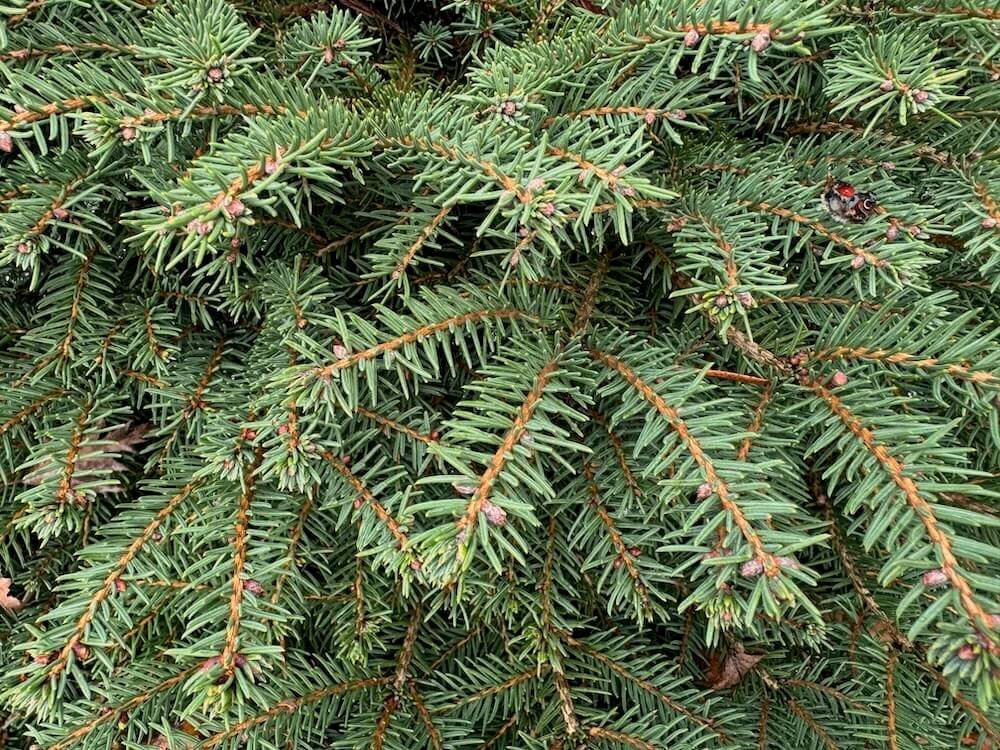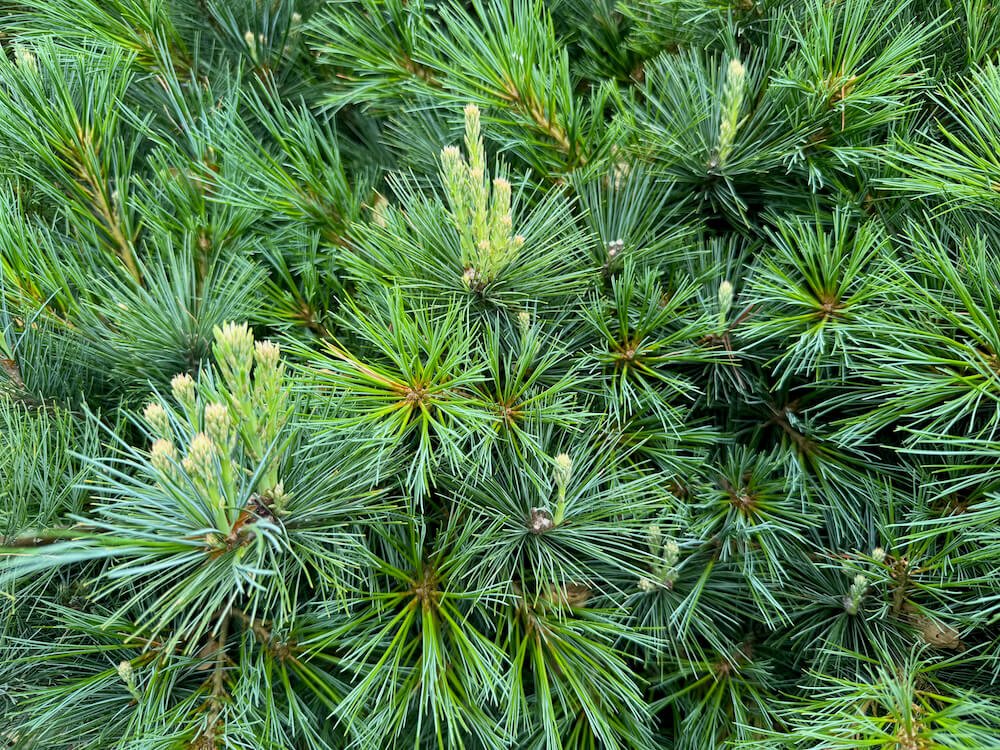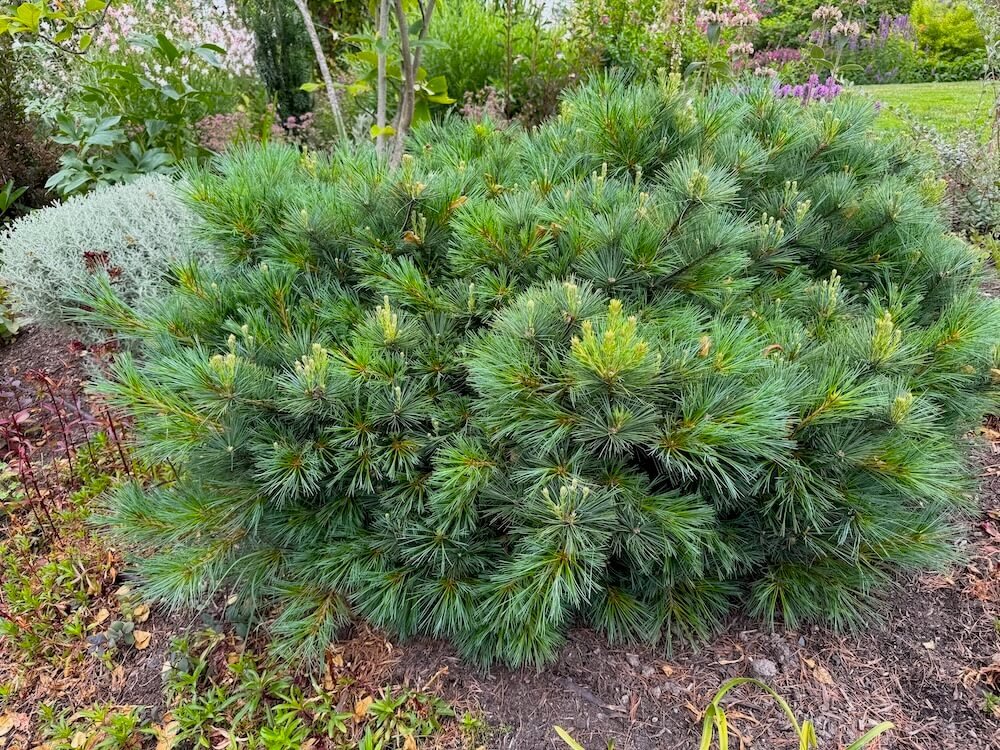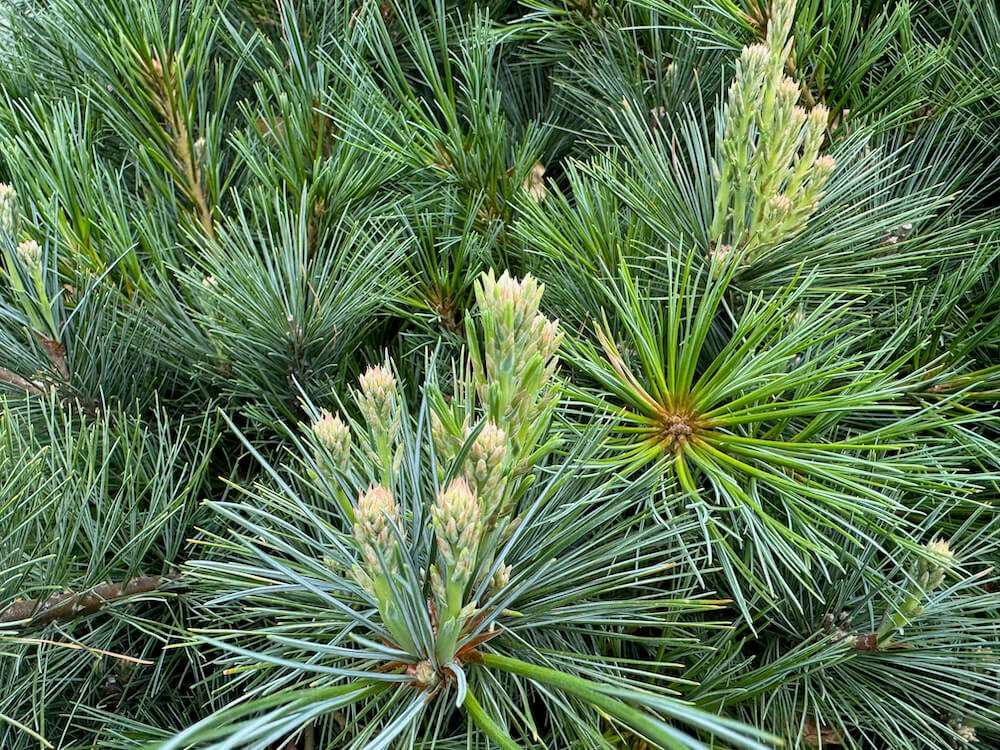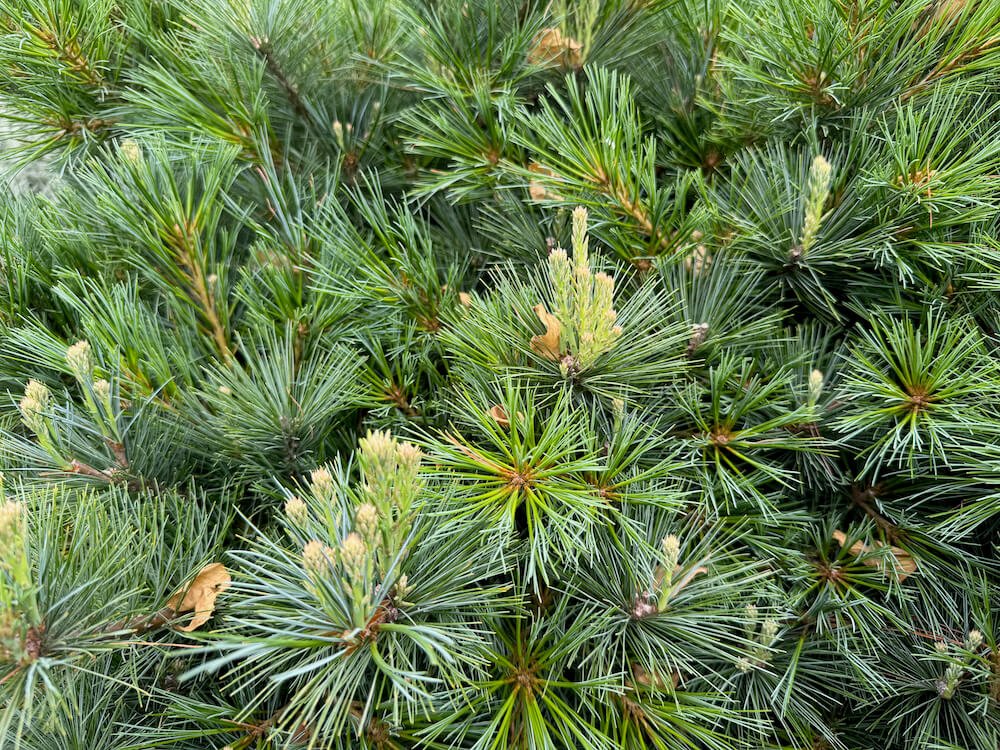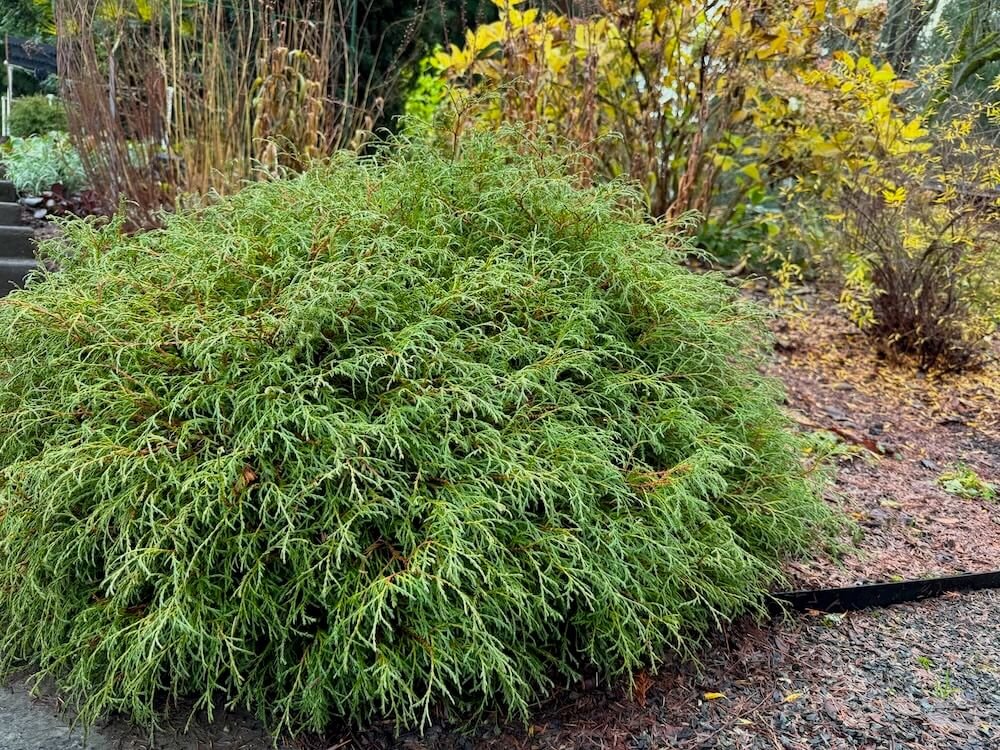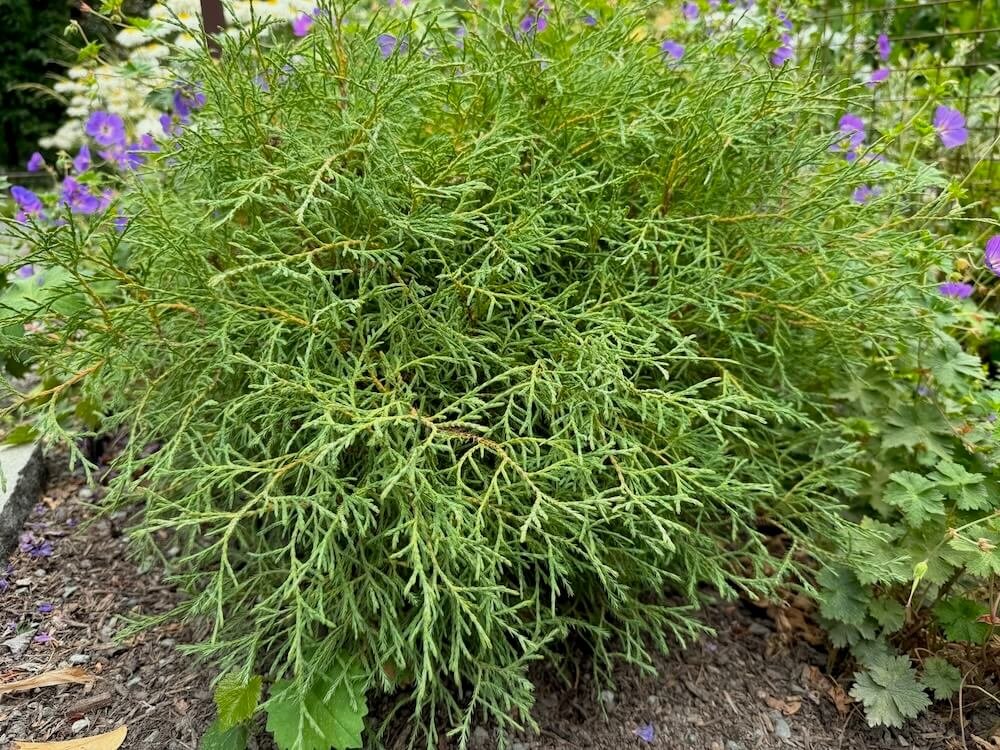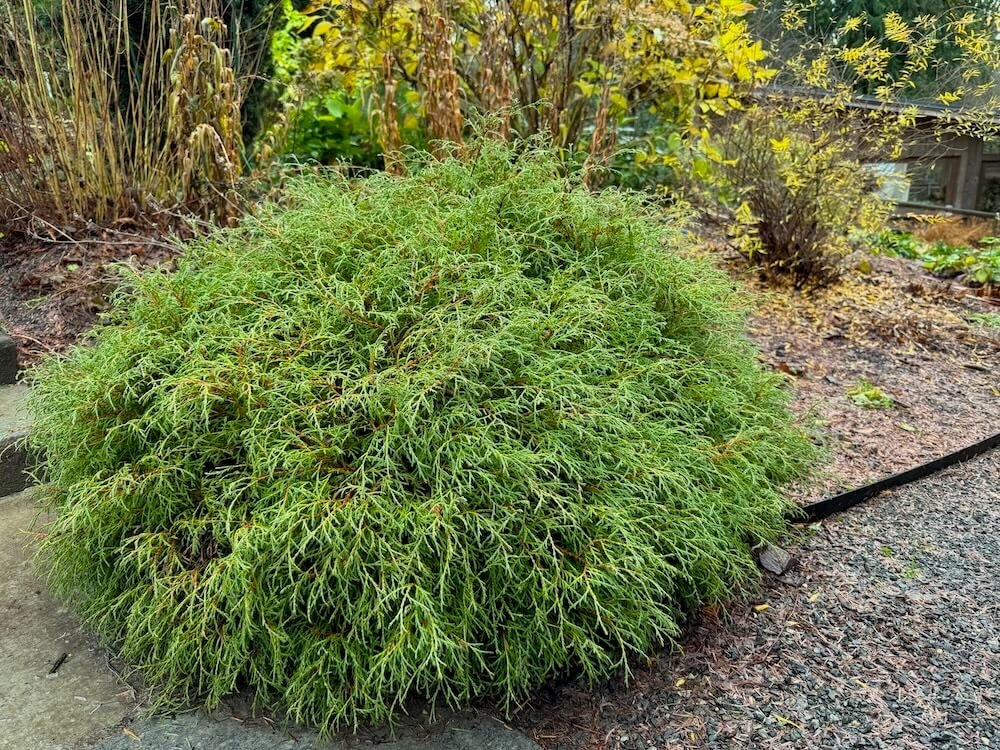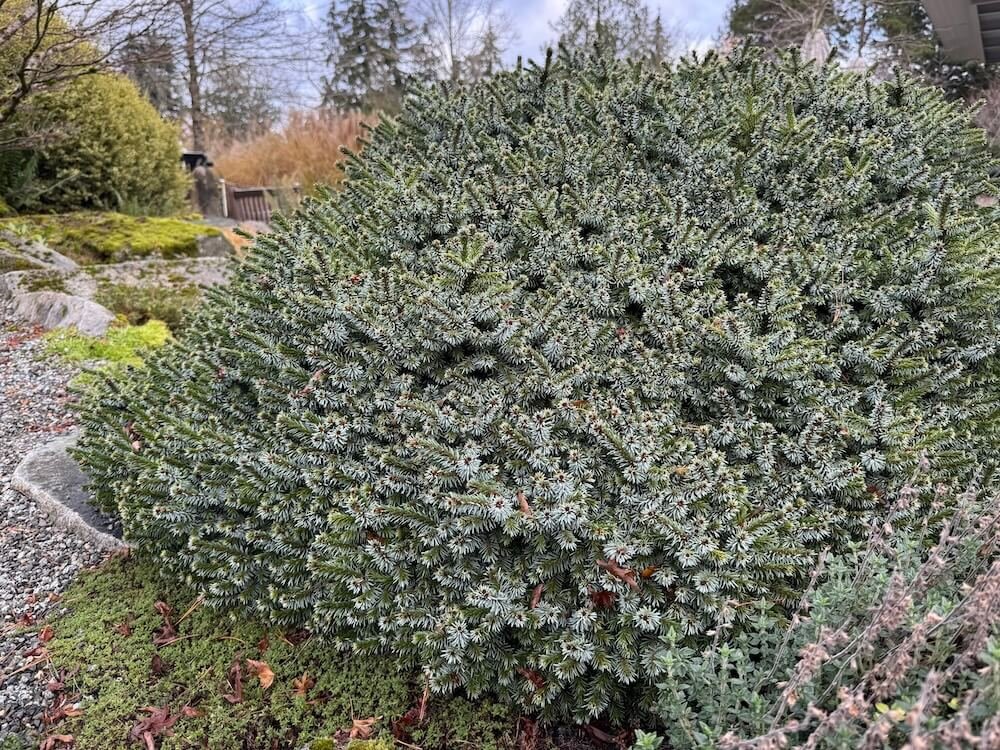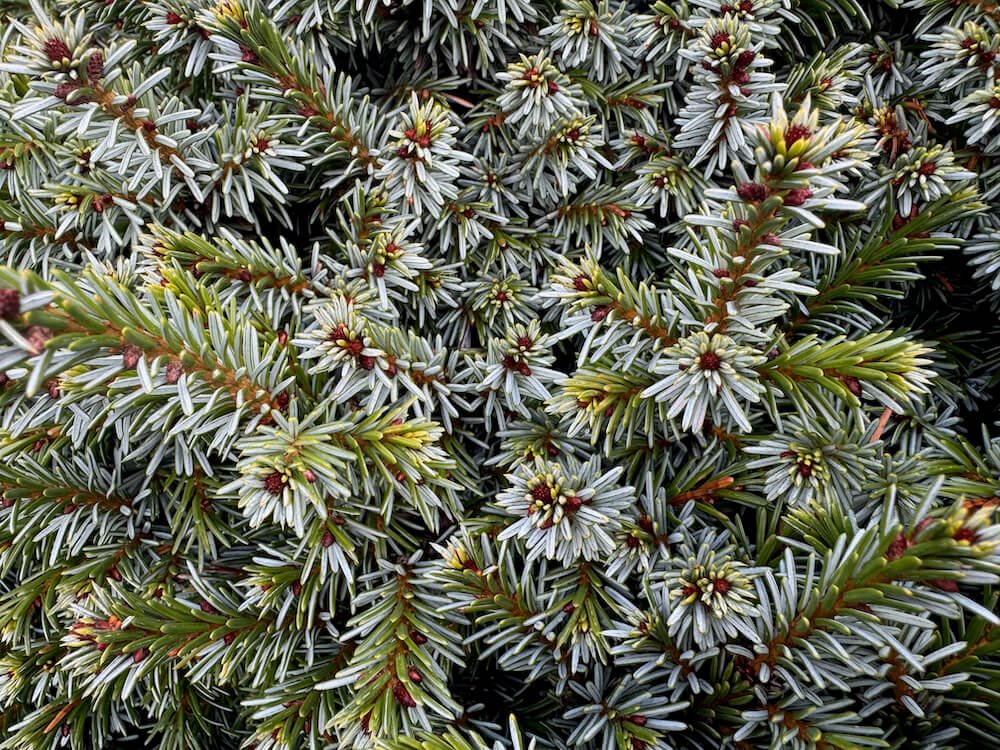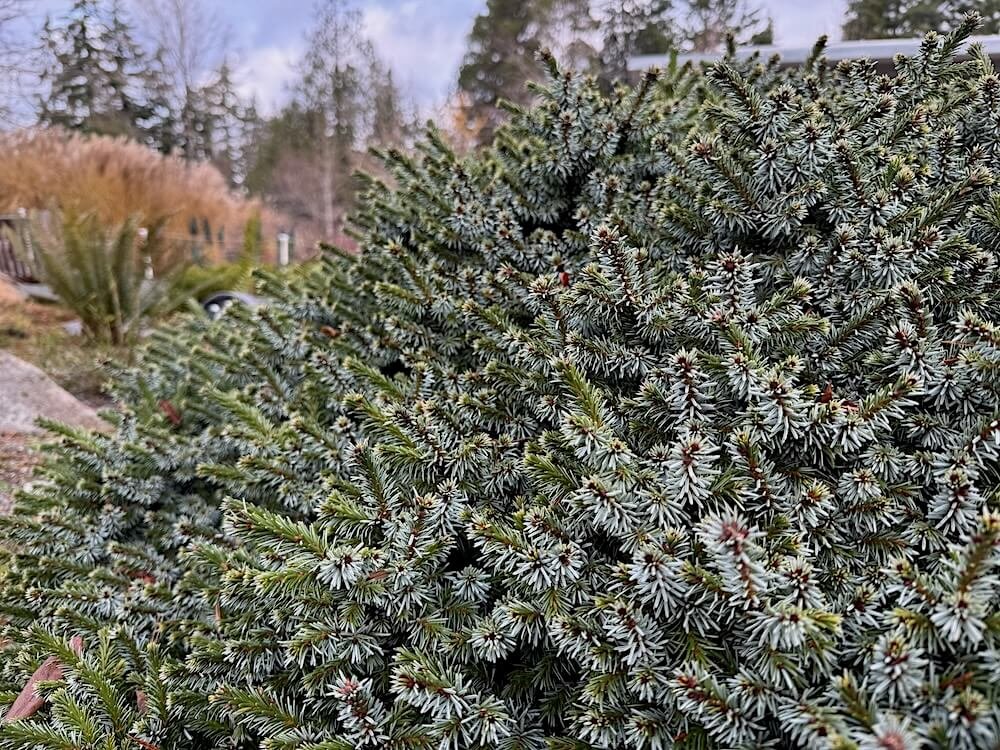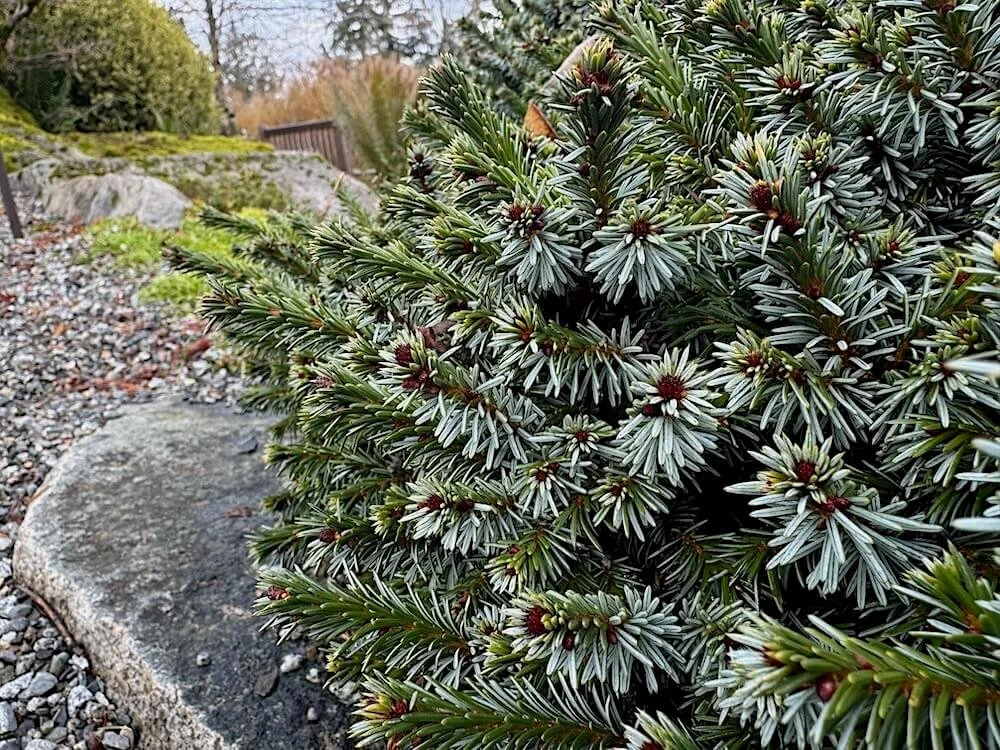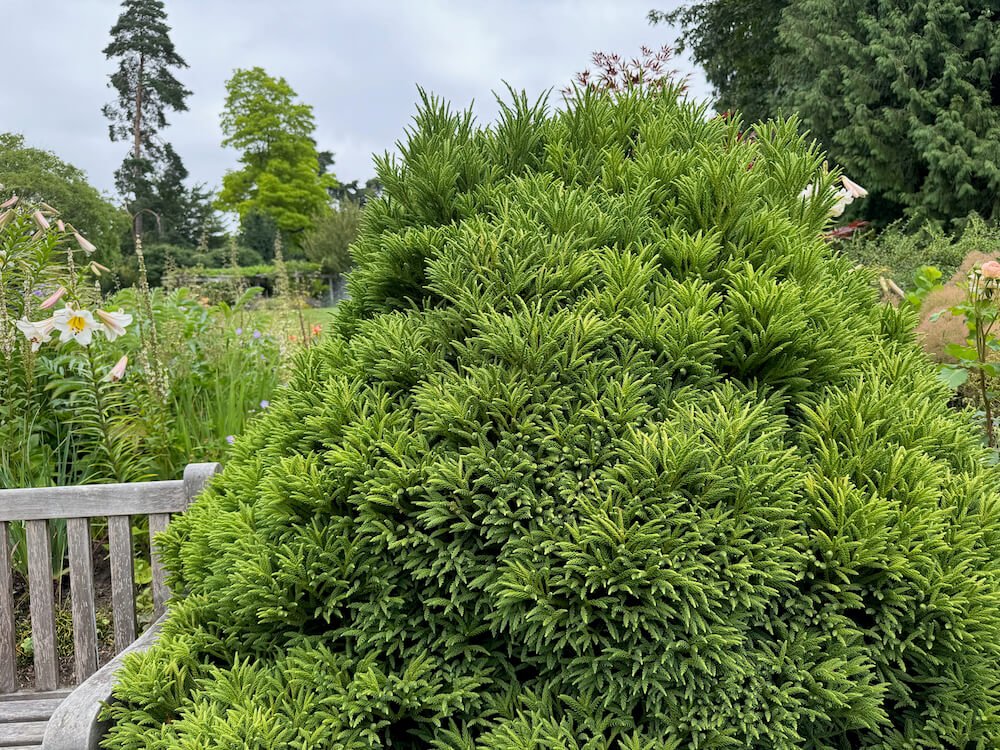 Image 1 of 4
Image 1 of 4

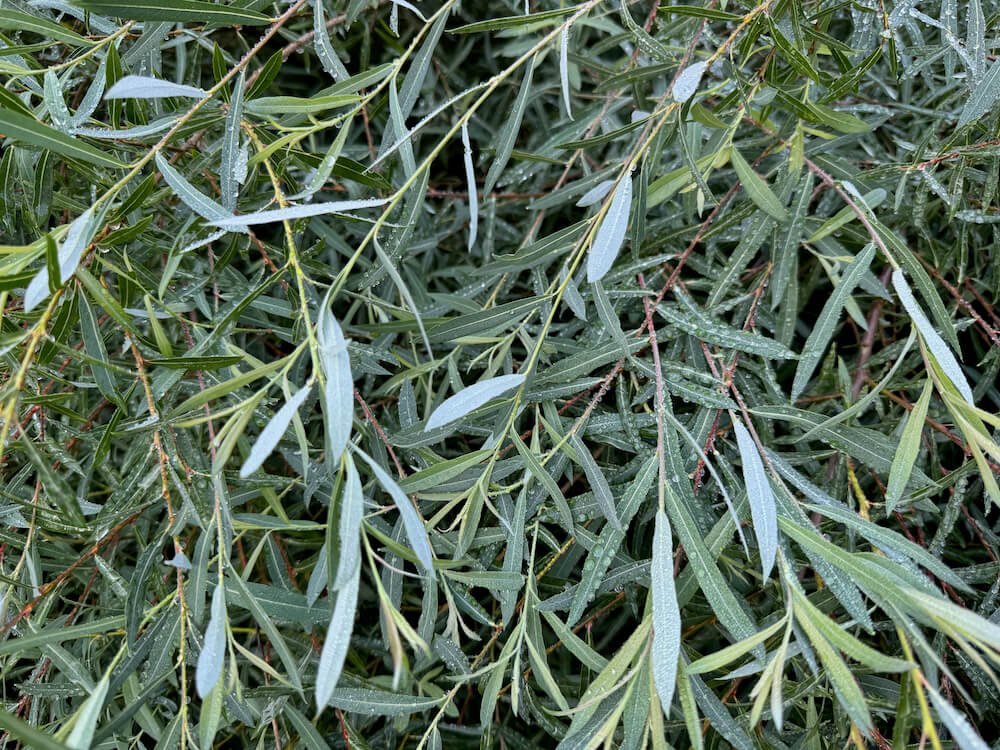 Image 2 of 4
Image 2 of 4

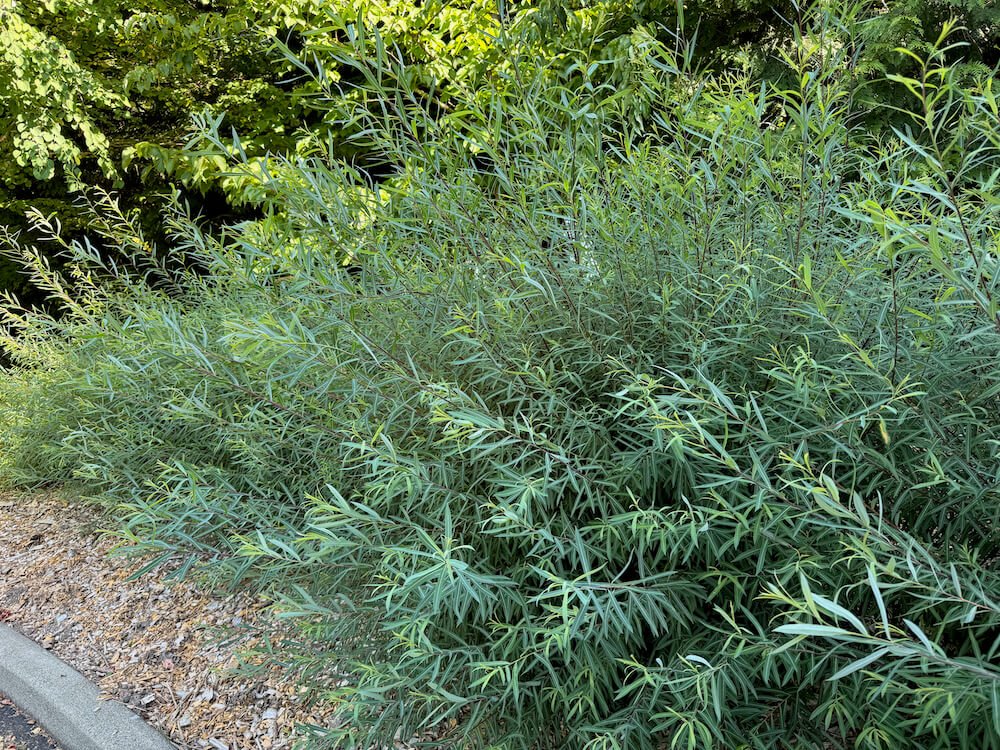 Image 3 of 4
Image 3 of 4

 Image 4 of 4
Image 4 of 4





Salix purpurea ‘Nana’ | Dwarf Purple Willow
DESCRIPTION
Salix purpurea 'Nana', also known as dwarf purple willow, is a compact, deciduous shrub with slender, arching branches that are an appealing gray-purple color. The narrow, lance-shaped leaves are a soft, silvery-blue, creating a delicate and airy texture in the landscape. In spring, tiny yellow catkins may appear, adding subtle seasonal interest. The dense, rounded form of 'Nana' makes it an excellent choice for hedging, borders, or as a feature in mixed plantings. Its fine texture and unique color make it a standout addition to any garden, offering year-round visual appeal.
DESCRIPTION
Salix purpurea 'Nana', also known as dwarf purple willow, is a compact, deciduous shrub with slender, arching branches that are an appealing gray-purple color. The narrow, lance-shaped leaves are a soft, silvery-blue, creating a delicate and airy texture in the landscape. In spring, tiny yellow catkins may appear, adding subtle seasonal interest. The dense, rounded form of 'Nana' makes it an excellent choice for hedging, borders, or as a feature in mixed plantings. Its fine texture and unique color make it a standout addition to any garden, offering year-round visual appeal.
DESCRIPTION
Salix purpurea 'Nana', also known as dwarf purple willow, is a compact, deciduous shrub with slender, arching branches that are an appealing gray-purple color. The narrow, lance-shaped leaves are a soft, silvery-blue, creating a delicate and airy texture in the landscape. In spring, tiny yellow catkins may appear, adding subtle seasonal interest. The dense, rounded form of 'Nana' makes it an excellent choice for hedging, borders, or as a feature in mixed plantings. Its fine texture and unique color make it a standout addition to any garden, offering year-round visual appeal.
-
Family: Salicaceae
Height: 3 to 5 feet
Width: 3 to 5 feet
Foliage color: Bluish-green
Flower color: Purplish catkins (inconspicuous)
Bloom time: Early spring
Light requirements: Full sun to partial shade
Water requirements: Moderate to high
Maintenance: Low; prune to maintain shape
Growing zone: USDA zones 4 to 8
Wildlife attractors: Provides habitat for birds and attracts pollinatorsThis plant can be seen in the perennial border at the Bellevue Botanical Garden.



